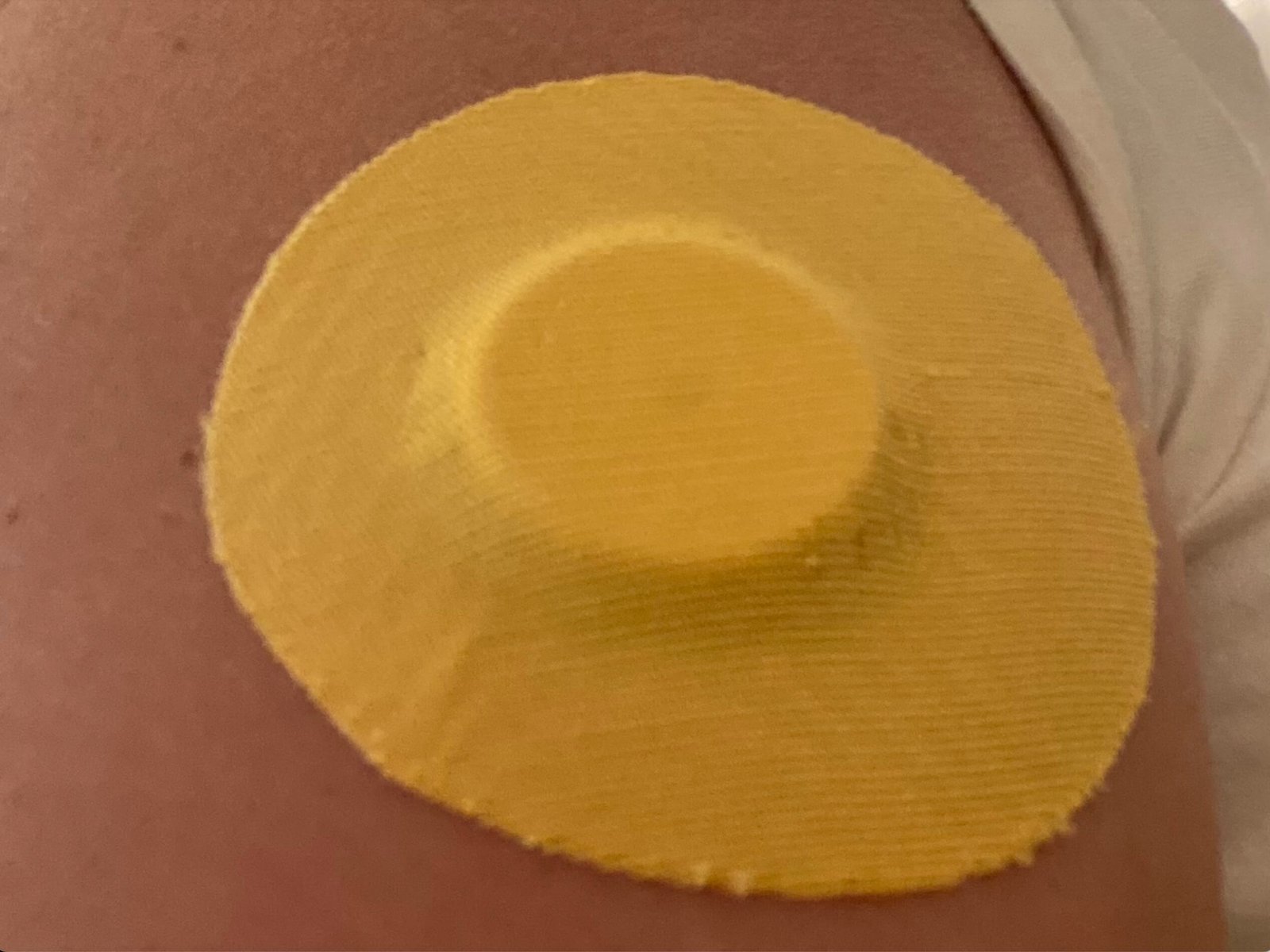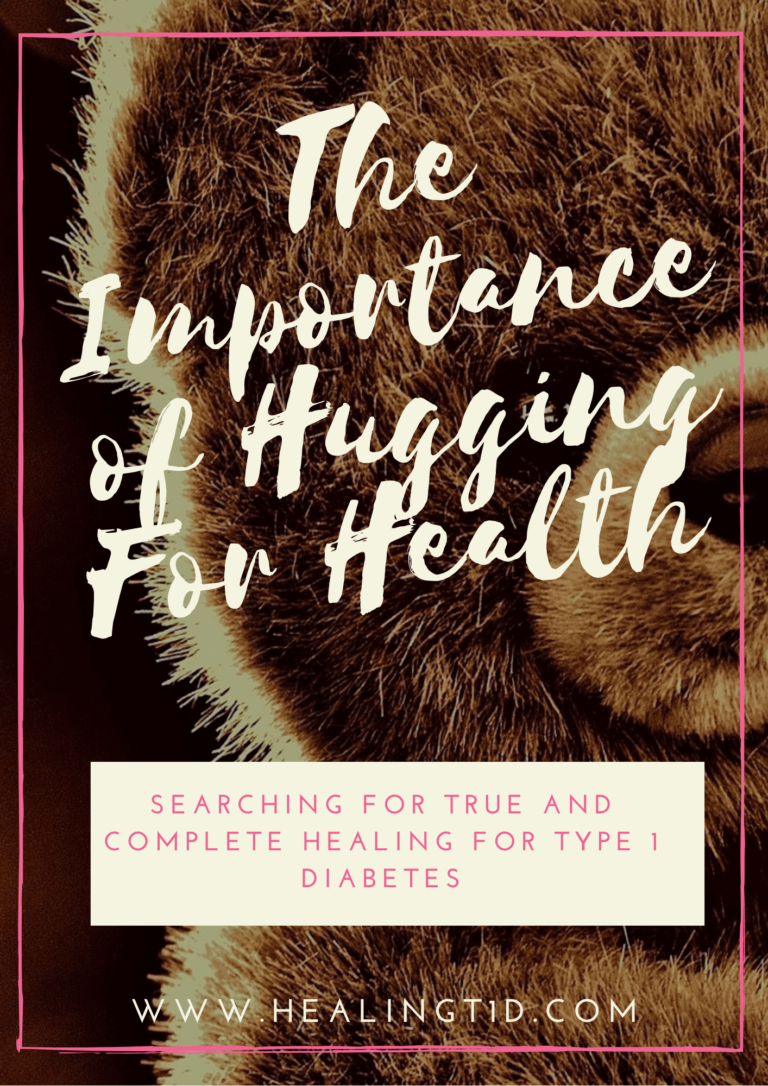Enhancing The CGM Experience

Summary: Discover the solution to common adhesive issues with Continuous Glucose Monitoring sensors in Skin Grip’s Adhesive Patches. In this blog post, the author shares her journey of overcoming frustrations with sensor adhesion by using Skin Grip’s reliable and durable fix. Learn about the features that set Skin Grip apart, making it a valuable addition to your diabetes management toolkit.
Embarking on the journey of diabetes management with Freestyle Libre 2 brought incredible insights into my blood sugar levels. Yet, one persistent challenge remained – the sensor’s adhesive quality. Today, I unravel the tale of my six-year-long quest to find the perfect solution and introduce you to the game-changer: Skin Grip Adhesive Patches. Get ready to bid farewell to adhesive woes and embrace a worry-free experience with your Freestyle Libre 2.
I started using the Freestyle Libre some six or seven years ago. Whilst I loved the product as it opened my eyes up to all of my blood sugar data, one of my primary concerns was the sensor’s tendency to lose adhesion after encounters with water or the occasional run-in with a door frame. This became particularly annoying as these sensors were not exactly cheap – they were not covered by insurance or the NHS in those days. To overcome this, I tried to develop some tricks like avoiding water for the first 24 hours (put it on after drying your skin from one shower and then don’t shower or bathe again for the next 24 hours!) and being hyper-aware of potential obstacles at arm height (there’s a lot of them!). However, life had a knack for turning these precautions into an Olympic-level game of “Don’t Knock Your Freestyle Libre Off”! I needed an easier solution.
Enter adhesive patches – a concept aimed at securing the sensor in place. I experimented with various solutions, including simple pharmacy-bought tape and also purpose-built patches. However, none provided a foolproof solution. These early patches still started to peel off within a few days and removing them without dislodging the sensor became a challenging task. So all I could do was apply more tape on top of the old sensor or tape, which resulted in a lot of tape by the end of two weeks!
Skin Grip proved to be the game-changer I was looking for. These patches are waterproof, sweatproof, and ensure the sensor stays securely in place for the full two weeks of wear. Unlike other solutions, Skin Grip has consistently delivered on its promise, lasting the entire sensor duration (their website says they last between 12-14 days, but I’ve never had them come off before my sensor has expired).
Affordability, durability, and variety are the key features of Skin Grip Adhesive Patches. Available in packs of 20 and various colours (rainbow, pastel, black, blue, camouflage, etc.), these patches cater to a range of tastes. They also come in different shapes that accommodate a range of Continuous Glucose Monitoring devices, including the Freestyle Libre 2, Dexcom G6, Insulet Omnipod, and the Medtronic Guardian and also insulin pumps. You can conveniently find them on platforms like Amazon, making it easy to incorporate them into your diabetes management routine without any extra stress.
While Skin Grip Adhesive Patches offer an excellent solution, it’s essential to consider potential allergies to plasters due to their adhesive nature. Additionally, choose a patch colour that you’re comfortable wearing continuously for the full two weeks, as attempting to remove the patch mid-cycle might result in the sensor coming off too – a testament to their strong adhesion.
In sharing my experience with Skin Grip Adhesive Patches, I want to emphasize that this is not a sponsored post. When something genuinely improves my diabetes management, I believe in sharing it with others. It’s not about financial gain but enhancing the quality of our lives. Consider Skin Grip as a valuable addition to your diabetes management toolkit, providing peace of mind and reliability to your Freestyle Libre 2 experience.

GET HEALINGT1D’S FUTURE ARTICLES IN YOUR INBOX!
Get the latest musings and findings straight to your email inbox.

Natalie is a blogger with Type 1 Diabetes. Natalie’s special gifts are questioning the status quo and being a rebel. She is using these gifts to question medical ‘knowledge’ and find a true cure for Type 1 Diabetes.







Recent Comments: